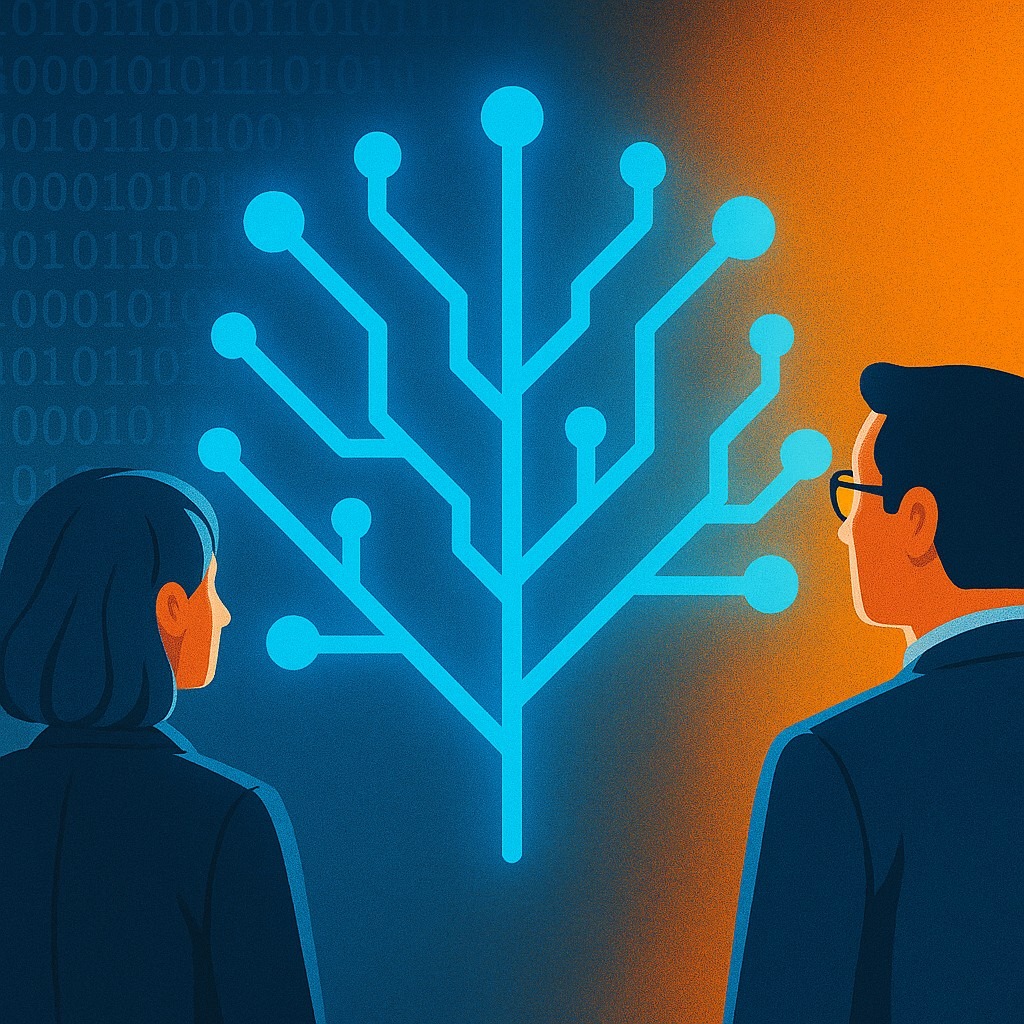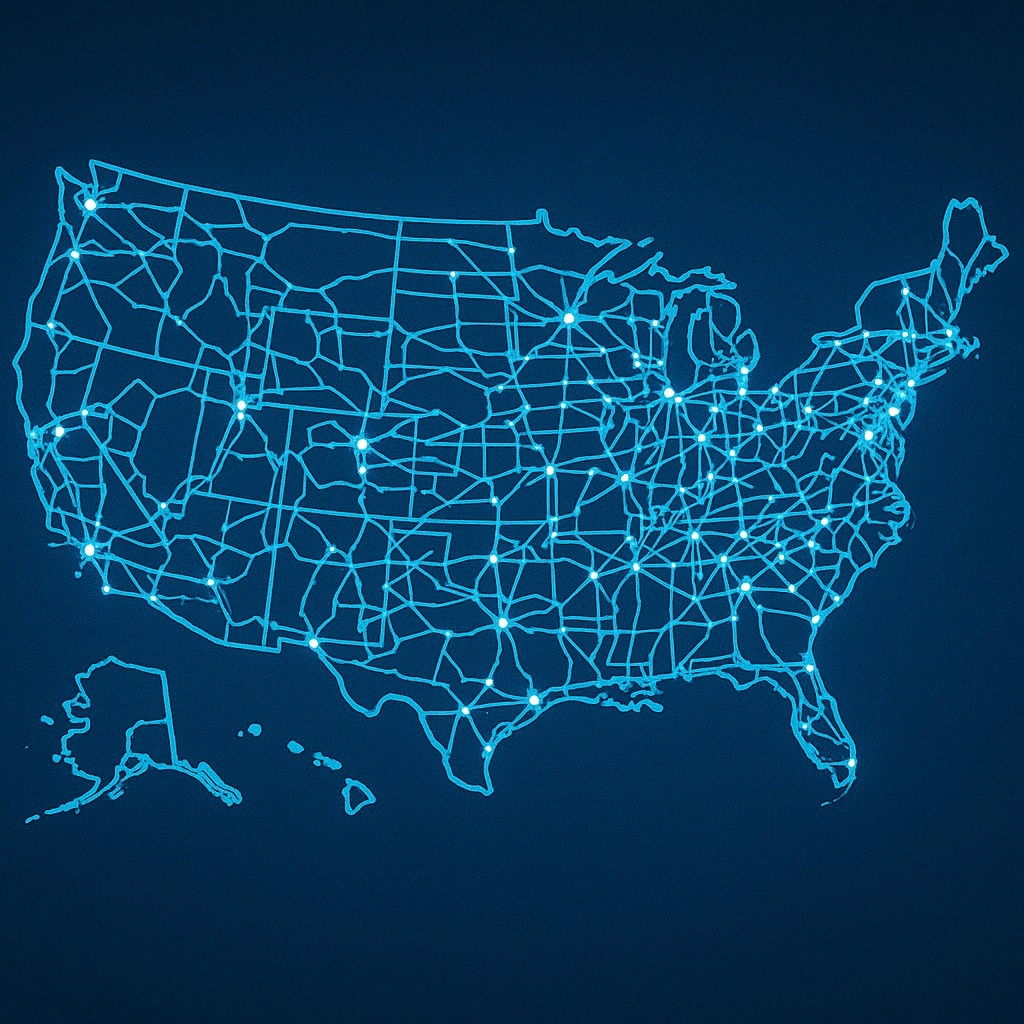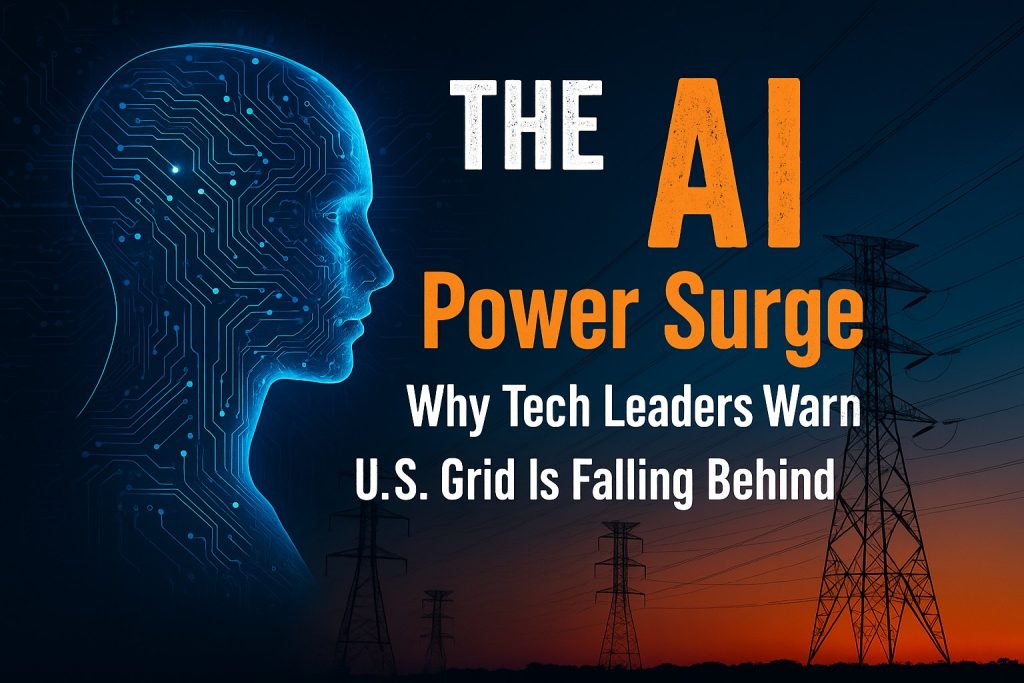Artificial Intelligence is booming. But behind the scenes, a quiet crisis is growing louder—America’s power grid can’t keep up. Top tech leaders from companies like OpenAI, Microsoft, AMD, and CoreWeave have warned the U.S. Senate that the grid’s outdated state could seriously hinder AI growth.
Let’s break down why this matters and what’s at stake.
AI’s Growing Appetite for Power
AI isn’t just smart—it’s power-hungry. Every large language model, like GPT-4 or Claude, runs on massive data centers. These centers consume millions of kilowatt-hours each year. As AI models get bigger and smarter, their energy demands grow too.
For example, training a single GPT-3 model reportedly used over 1,287 MWh of electricity—roughly what 120 U.S. homes use in a year. As AI applications spread across industries, from finance to healthcare, the demand for computing—and power—skyrockets.
The Warning from Tech Executives
In May 2025, executives from leading tech firms gathered before the U.S. Senate. Their message was clear: the current U.S. power infrastructure is insufficient for AI’s future. Sam Altman (OpenAI), Lisa Su (AMD), and other key voices stressed that future progress depends on major upgrades to the grid.
These leaders aren’t just worried about outages. They’re concerned about energy access, reliability, and sustainability. Without improvements, innovation could stall.
According to NetworkWorld, the tech industry fears that without urgent upgrades, the U.S. risks losing its competitive edge in AI.

The Broader Implications
This isn’t only a tech problem—it’s an economic one. AI drives growth across sectors. If the infrastructure can’t support it, businesses suffer. Jobs could move overseas. Innovation might slow down or shift to countries with stronger energy policies.
Moreover, AI and sustainability must go hand in hand. Without a cleaner, more efficient grid, energy usage will spike emissions. That runs counter to global climate goals and investor demands for green accountability.
The World Economic Forum has already highlighted this tension. They warn that unchecked AI expansion could clash with energy and environmental priorities unless managed wisely.
What’s the Path Forward?
To fix this, public and private sectors must collaborate. Tech firms are already investing in renewable energy. Microsoft, for example, aims to be carbon negative by 2030. But government action is key. That means funding grid modernization, building smart infrastructure, and speeding up clean energy adoption.
Policymakers must also streamline the approval process for renewable projects. According to MIT Technology Review, many solar and wind projects are stuck in red tape. That slows everything down.
With the right investments and partnerships, the U.S. can lead the AI revolution sustainably.
Final Thoughts
The AI boom is real—but so is the infrastructure crunch. America’s outdated power grid could become a serious bottleneck. Fortunately, tech leaders are sounding the alarm early. Now it’s up to policymakers to respond.
If we want to stay at the forefront of innovation, we need a smarter, greener, and more robust energy system. The future of AI—and our global edge—depends on it.


